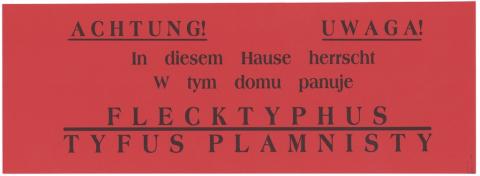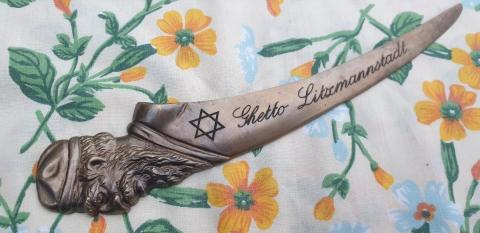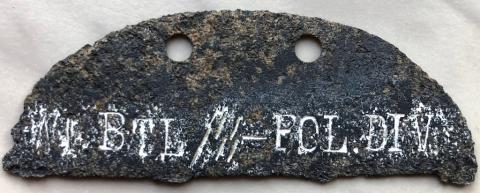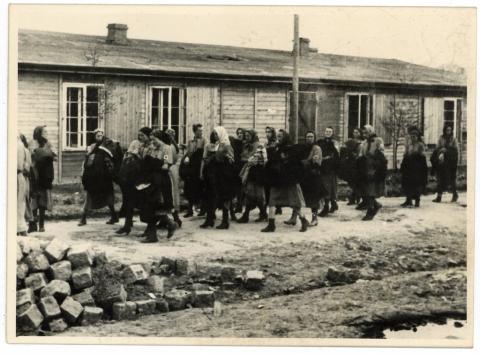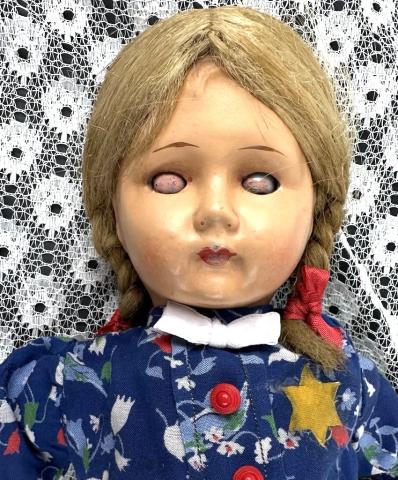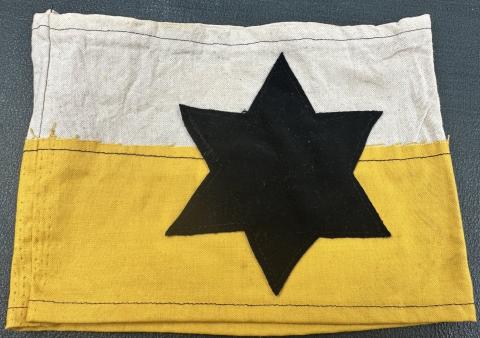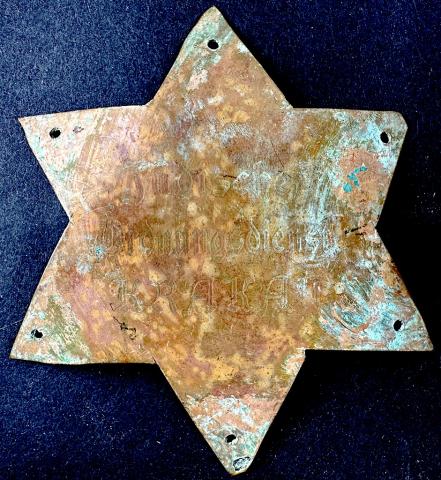SCARCE Ghetto paper sign to alert civilian to not enter the Getto risk of getting the TYFUS antisemitic anti Jew
SCARCE Ghetto paper sign to alert civilian to not enter the Getto risk of getting the TYFUS antisemitic anti Jew
Product
SCARCE Ghetto paper sign to alert civilian to not enter the Getto risk of getting the TYFUS antisemitic anti Jew
EXTREMELY RARE, A MUSEUM PIECE ! an old new found in storage, mint
